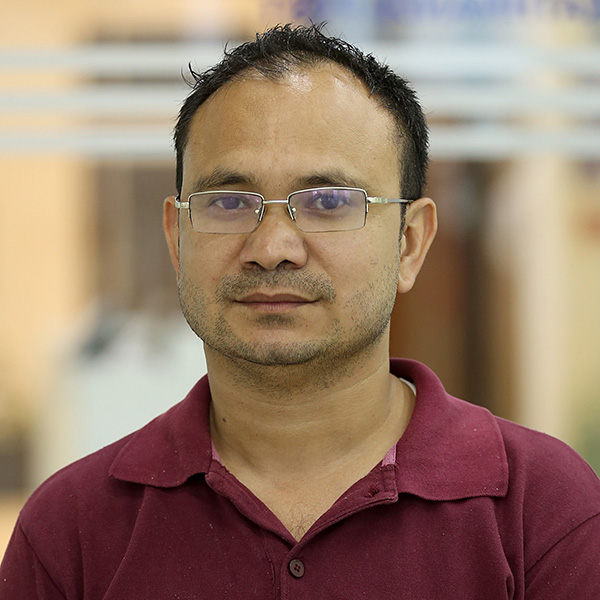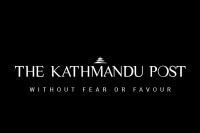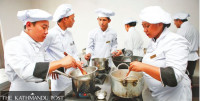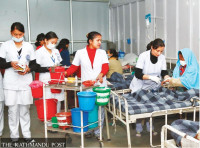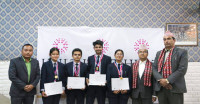Miscellaneous
Women applicants ‘outwitting’ men in PSC examinations
Women applicants have outnumbered men in the civil service examinations in the last two consecutive fiscal years, with more women joining civil service over the last four years, a government report reveals.
Prithvi Man Shrestha
Women applicants have outnumbered men in the civil service examinations in the last two consecutive fiscal years, with more women joining civil service over the last four years, a government report reveals.
The amendment of Civil Service Act-1993 in 2007 with the provision of 45 percent reservation of civil service seats for women along with indigenous community, Madhesi, Dalit, disabled people and people from backward areas has resulted in the growing number of women’s participation in the exams administered by the Public Service Commission (PSC) and their entry in civil service, stakeholders said.
According to Annual Report 2015-16 of the PSC, the number of women applicants for the civil service exams was 53.53 percent in the fiscal year 2015-16 and 60.12 percent in 2014-15.
The number of women applicants has been on the rise for the past five years even though the number compared to men was relatively lower in the previous three years, according to the report. Despite the number of women entering civil service increased in the past four years, more men entered civil service than women. Of the total applicants who passed the PSC exams in the last fiscal, 38 percent were women.
“Obviously reservation of seats for women helped contributed to the growth of women’s participation in exams and entry in the civil service. But it is also due to the fact that women are equally competent,” said Umesh Mainali, chairman of PSC.
Yam Kumar Khatiwada, who was appointed as acting secretary recently by the Cabinet, said women feel the government job comfortable compared to jobs in the private sector. “The provision of reservation of women and family background for many women whose relatives are also in the civil service contributed to the rise in women’s participating in the PSC exams and getting entry into the civil service lately,” she added.
However, women’s pass percentage is lower compared to their applications. This is down to the fact that women cannot give enough time to prepare for the exams compared to their male counterparts, according to the stakeholders.
“Their role in the family, for example, being involved in household chores, among others factors, means they have less time to prepare for exams affecting the pass percentage rate of women,” said Geeta Kumari Humagain, information officer at the PSC.
But the growing number of women civil servants in the recent years is expected to change the landscape of civil service in near future. Currently, nearly 20 percent women have representation in civil service compared to nine percent in 2008, according to Humagain.
According to the latest data of the Department of Civil Personnel Records, 16,434 out of total 83,201 civil servants are women. However, the number of women in first class and special class of civil service is very limited.
After Brinda Hada, who became the first women secretary of Nepal, no woman has become full secretary yet. Jeevan Prabha Lama recently retired from the post of acting secretary and Khatiwada is now acting secretary. “As there are not many women civil servants in the joint secretary posts with more work experiences. This has also limited women’s appointment as secretary,” said Lama. “On the other hand, women are hard working and usually don’t knock on the door of politicians for appointment.”
However, the growing entry of women at both the officer and lower levels in the recent years is expected to change this dynamic.
Khatiwada believes there will be a lot more joint secretaries (first class officers) in the next 4-5 years that will make women’s appointment as secretary indispensable. “When we see the growing presence of women in ministries, the writing is already on the wall that there is bright future for women in civil service,” said Lama.




 25.92°C Kathmandu
25.92°C Kathmandu